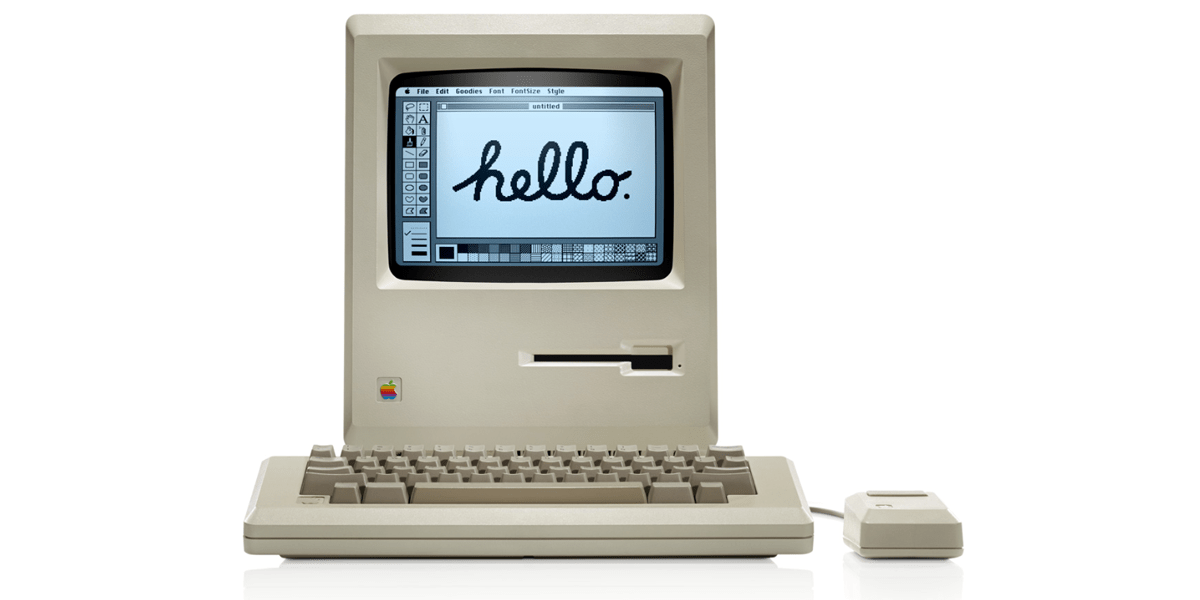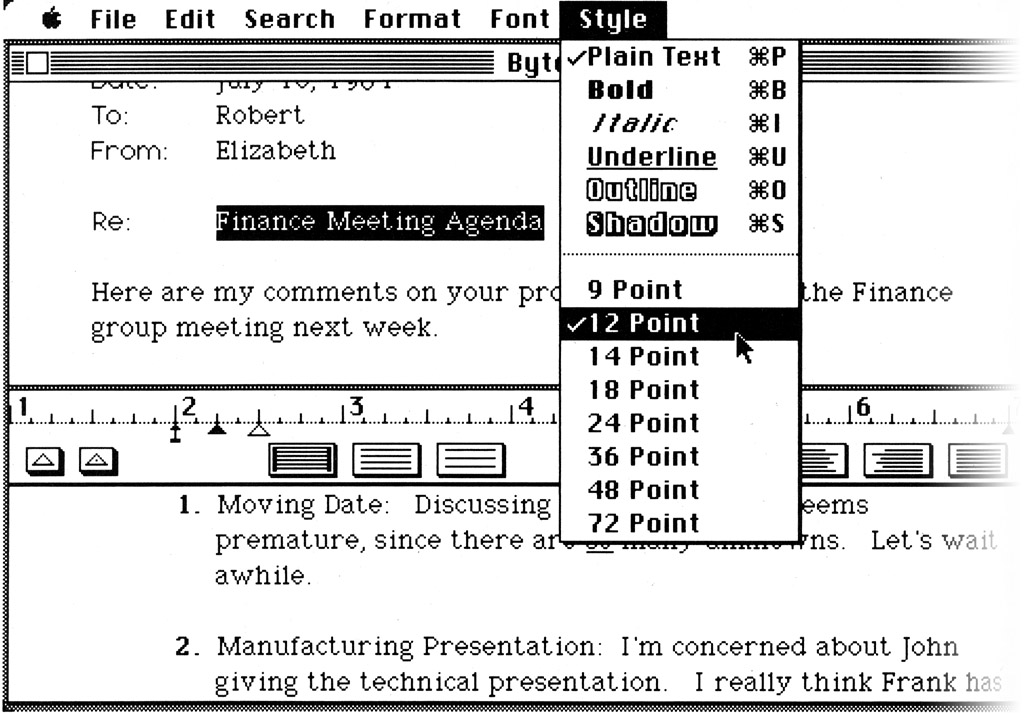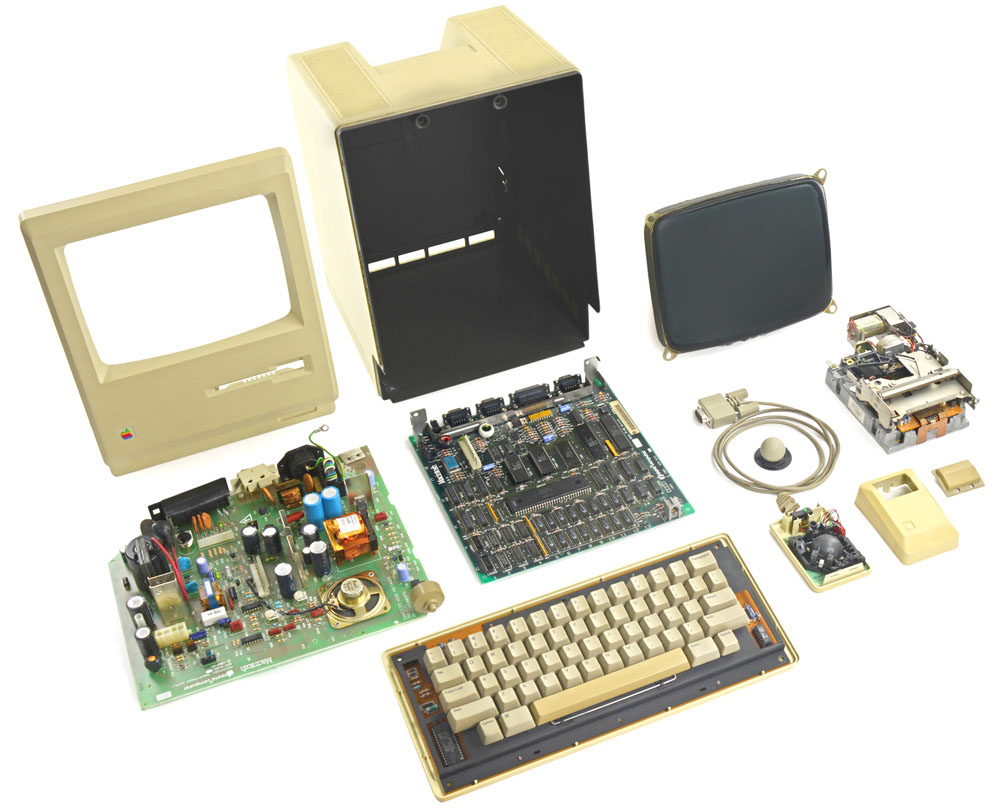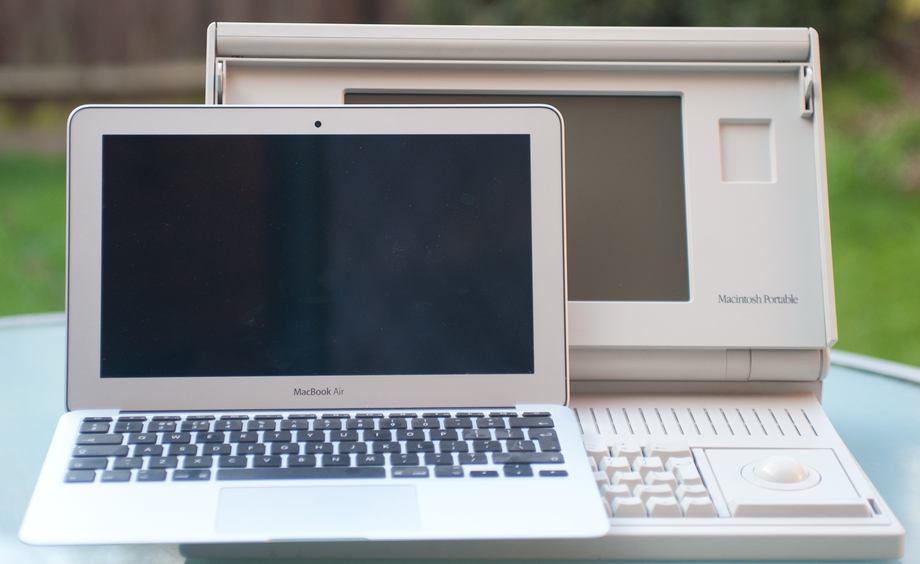
The Macintosh 40th anniversary isn’t actually until tomorrow, but the celebrations are underway, with Apple execs sharing their own perspective on the machine which ultimately transformed not just how we interacted with personal computers, but also set the scene for them to become mass-market consumer devices.
I’m old. Old enough to have bought that very first Macintosh, all the way back in 1984 – but was only able to actually do so because, in those days, Apple needed the likes of me more than we needed Apple …
Life before the Mac
Anyone who wasn’t alive at the time, or at least old enough to use computers, will find it hard to imagine what using a personal computer was like before the LISA and Macintosh, but there’s an easy way to get the idea: Open up Terminal on your Mac.
Yep, you would start up your PC to see a very similar prompt, and have to type commands to do anything – like change folder or open an app.
When you wrote in a wordprocessor, and wanted to use bold or italics, you would use keystrokes to do it – and you wouldn’t see a representation of the effect on your screen. You’d instead see something like this:
Here is a word in ^Bbold^B and here is a word in ^Yitalics^Y.
Control-Y for italics because Control-I was used for tab, obviously …
You’d only get to see the actual type effects when you printed the document.
Unsurprisingly, then, personal computers of the time were almost exclusively used by geeks and businesses.
Then came the Macintosh

It smiled at you as it started-up. You didn’t have directory listings, you had images of folders. You didn’t type the name of an application or file to open it, you used this strange new thing called a mouse to double-click it. When you made a word bold, it appeared in bold on the screen. You had different typefaces! It could talk to you! (Kind of … that is, you could type something and it would speak it.)
It was incredible. I immediately knew this was what computers were supposed to be like. I wanted one.
I couldn’t possibly afford it. It cost the equivalent in today’s terms of $5600, just for the computer itself. The ‘optional’ second floppy disk drive was extra. The ImageWriter printer needed to print those lovely new typefaces was extra. I was in my first year of journalism, and that was a goodly proportion of my annual income at the time.
But times were different. Apple needed access to journalists then, not the other around. Apple figured that if we owned Macintoshes, we’d write about them (it was right). So it offered a journalist discount. A very generous discount: 60 percent off. (We get no discounts at all now, in case you were wondering.) It was still a large chunk of cash, but I didn’t care, I had to have one: I took delivery of the seventh Macintosh to arrive in the UK.

To write an article on it, you inserted the system disk to boot it up. Then you ejected that and inserted the MacWrite disk. When you wanted to save your work so far, you ejected the MacWrite disk and inserted a blank disk (which cost $18 each in today’s money, by the way). At various points along the way, the Macintosh would eject whichever disk was in the drive and tell you which one it wanted. Documents were limited to eight pages long – if you needed to write more, you continued in a new document.
I didn’t care about any of this: I loved that machine. I later had it upgraded to Macintosh Plus spec, with the maximum 4MB RAM, and sometime after that added a terrifyingly expensive external 20MB SCSI hard drive. As iFixit observes in its birthday teardown, the machine was pretty easy to upgrade once you got past those T15 screws.

In that form, my Macintosh lasted five years in all, until I replaced it with …
The Macintosh Portable. The name was perhaps a slight exaggeration – it weighed fully 16 pounds! But I did lug it around all over the place, and loved it even more than the original Mac. Here it is, pictured with my much later MacBook Air 11:

I replaced the Portable in 1991 with the PowerBook 100 – the first machine we’d really recognise as the predecessor to the MacBook Air and MacBook Pro models we have today.
I won’t bore you with my full Mac timeline, even if I could be sure to remember it all, but suffice it to say that there were quite a few machines between then and my 2021 M1 Max 16-inch MacBook Pro.
I doubt there are too many other 9to5Mac types old enough to have owned that first Macintosh, but do share your own first-Mac stories in the comments!
FTC: We use income earning auto affiliate links. More.




